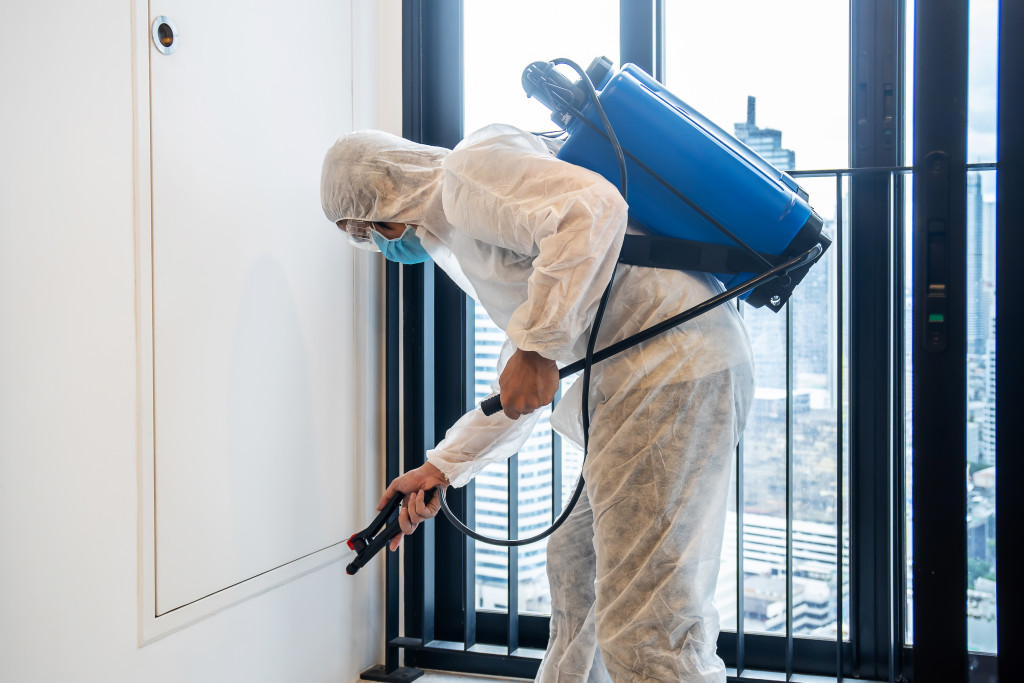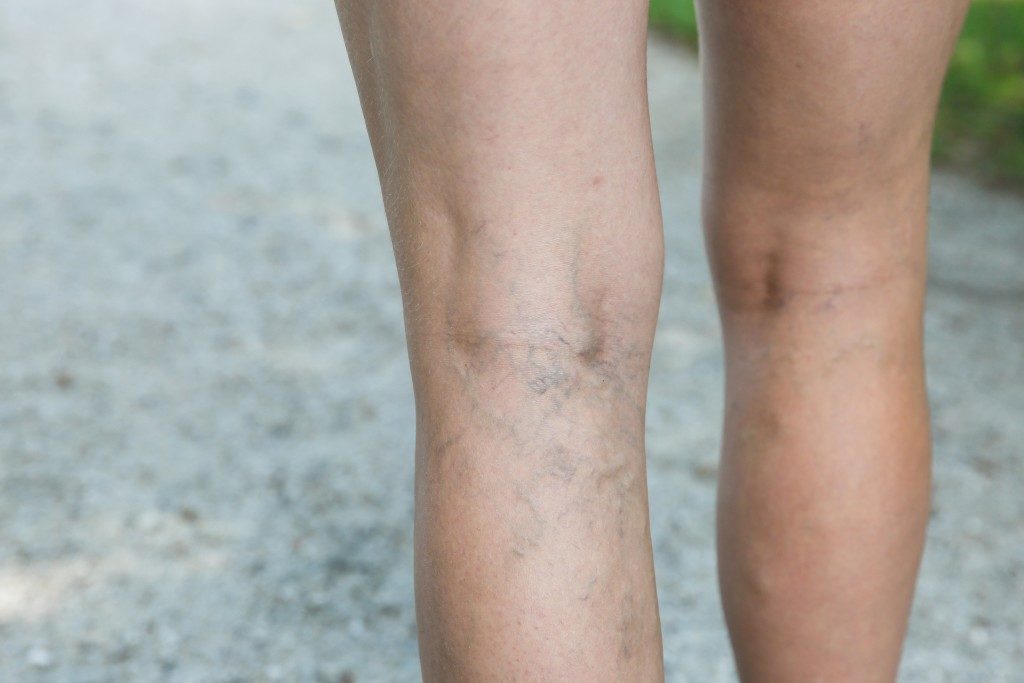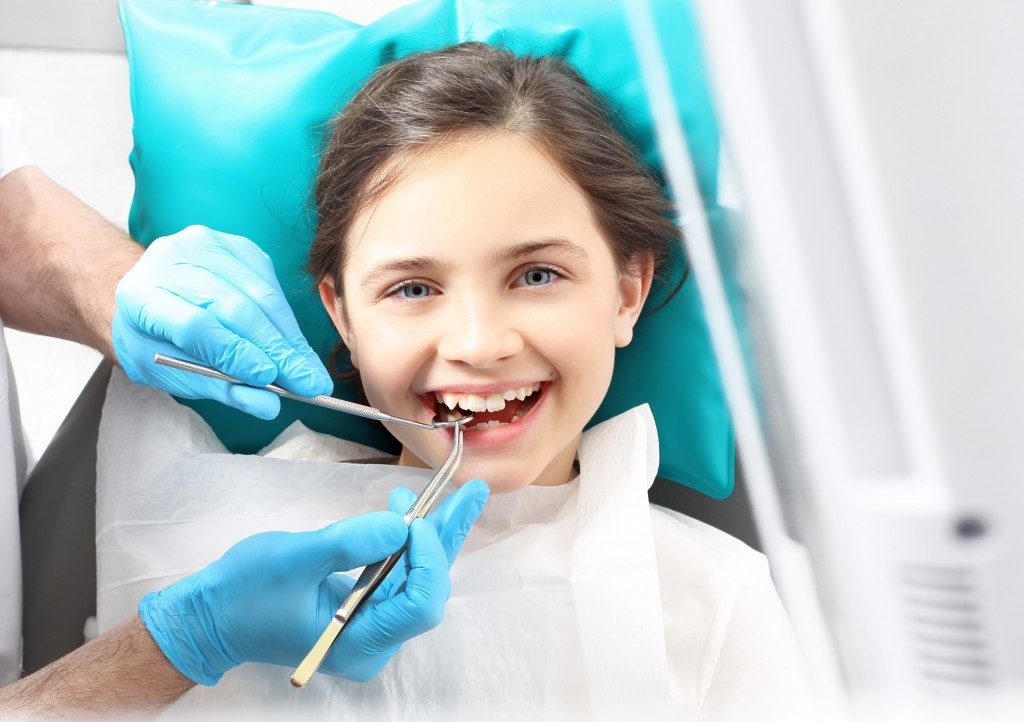- Antimicrobial coatings contain antimicrobial agents such as silver, copper, or zinc that kill microorganisms upon contact.
- Air purification systems remove harmful particles and contaminants, improving hospital air quality and overall hygiene.
- AI-enabled monitoring systems can monitor the movement of people in and out of an area to minimize the risk of infections.
- Automatic hand sanitizers are efficient dispensers that detect when a person is close and automatically dispense hand sanitizer.
Hospitals are one of the busiest and most important places in any community. Hundreds of patients go daily, and healthcare professionals provide necessary care and treatment to those who need them.
Unfortunately, hospitals are also where many infections are contracted. With the COVID-19 pandemic, more people have become aware of the importance of infection prevention and control measures in healthcare settings.
Thankfully, healthcare professionals worldwide have continued to innovate and improve ways to prevent the spread of infections. This post will go through some of the latest innovations in preventing the spread of diseases in hospitals.
UV Disinfection
UV Disinfection has been around for some years, but it has gained more attention with recent developments related to COVID-19. Hospitals now use UVC robots designed to disinfect rooms using short-wavelength ultraviolet light that kills or inactivates microorganisms.
This advancement developed by trustworthy UV light technology companies helps hospitals disinfect rooms without harsh chemicals, making it a more environmentally-friendly way to fight against infectious diseases.
Antimicrobial Coatings

With many patients coming in and out of hospitals daily, taking every precaution to prevent the spread of infections is essential. One way hospitals are doing this is through the use of antimicrobial coatings. Read below to understand antimicrobial coatings and how they can help prevent hospital diseases.
Preventing the Growth of Microorganisms
These coatings are designed to prevent the growth and spread of bacteria, fungi, viruses, and other microorganisms. They can be applied to various surfaces, including hospital beds, chairs, doorknobs, and walls. The coatings contain antimicrobial agents such as silver, copper, or zinc that actively kill microorganisms upon contact.
How do Antimicrobial Coatings Prevent Infections
When patients come into contact with surfaces that have antimicrobial coatings, the coatings work to kill any microorganisms that may be present on those surfaces. This helps prevent the spread of infections from surface to surface and from person to person. Additionally, antimicrobial coatings can reduce the need for frequent cleaning and disinfecting, as they actively work to kill microorganisms independently.
Air Purification Systems
Air purification systems in hospitals are designed to remove harmful particles and contaminants from the air. These systems use a combination of filters, UV lights, and other technologies to clean the air and keep it free from harmful particles such as viruses, bacteria, and other airborne pathogens.
Improve Air Quality
Air quality is also essential in hospitals because poor air quality can exacerbate the symptoms of patients with respiratory illnesses such as asthma, COPD, and pneumonia. Air purification systems in hospitals can improve air quality by removing pollutants such as dust, pet dander, and pollen, making the environment more comfortable and safer for patients.
Improve Overall Hygiene
Another essential benefit of air purification systems in hospitals is that they help improve the overall hygiene of the facility. By removing harmful particles from the air, air purification systems reduce the number of pathogens that can build up on surfaces and cause infections. This means that hospitals can maintain a higher level of cleanliness, reducing the risk of diseases for everyone in the facility.
AI-Enabled Monitoring Systems
In recent years, hospitals have been introducing AI-powered monitoring systems to minimize the risk of infections. The system has features such as visual sensors and infrared technology that can monitor the movement of people in and out of an area. With these systems, hospitals can effectively control communal spaces and reduce the risk of infections spreading.
In addition to the above, hospitals have also introduced other infection prevention and control measures such as hand hygiene protocols, personal protective equipment (PPE), and contact tracing. These measures are essential for reducing the risk of infections in any healthcare setting.
Automatic Hand Sanitizers

Hand hygiene is one of the essential measures to prevent the spread of infections, and the development of automatic hand sanitizers is a necessary innovation in this regard. Dispensers have been developed that detect when a person is close and automatically dispense hand sanitizer. These dispensers are essential in high-traffic areas, such as entrances and exits, and are more efficient than manually operated dispensers.
Moreover, these systems are connected to the internet, allowing healthcare administrators to monitor usage in real time.
The Bottom Line
Healthcare professionals worldwide are consistently coming up with innovative ways to prevent infections in hospitals. The innovations mentioned above are just a few of the latest ones. People’s safety must be paramount, and advancements such as UV disinfection, antimicrobial coatings, air purification systems, AI-enabled monitoring systems, and automatic hand sanitizers significantly reduce the risk of infections.
It’s essential to understand that our efforts in preventing infections must never waver, and healthcare professionals must continue to be vigilant, consistent, and innovative to ensure a healthy and safer society.




